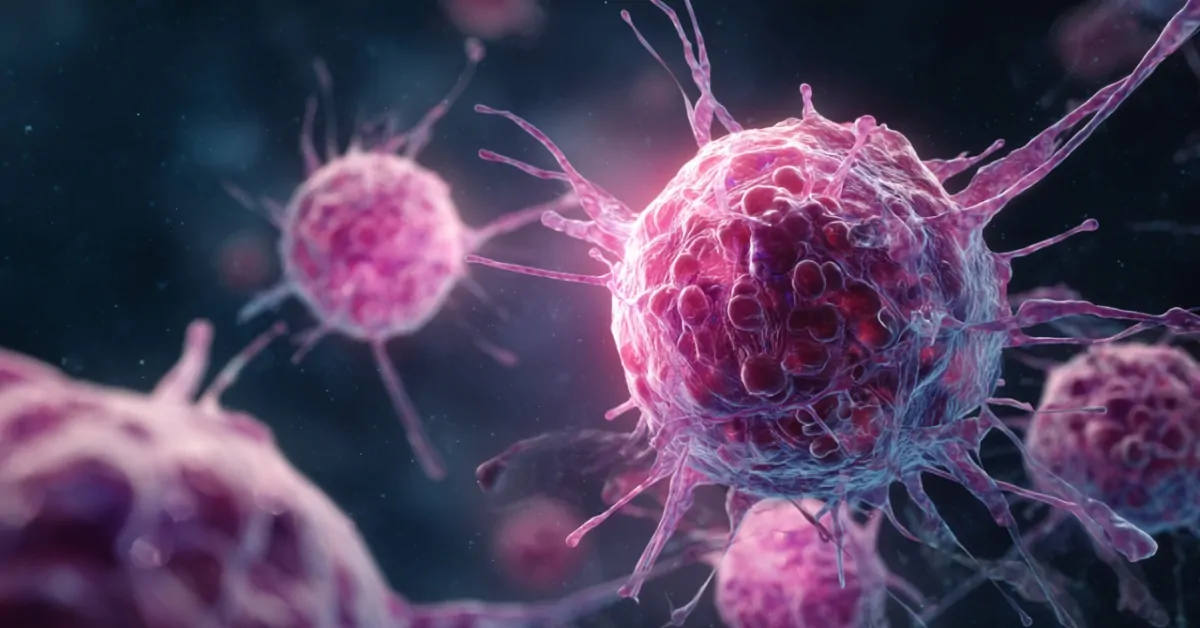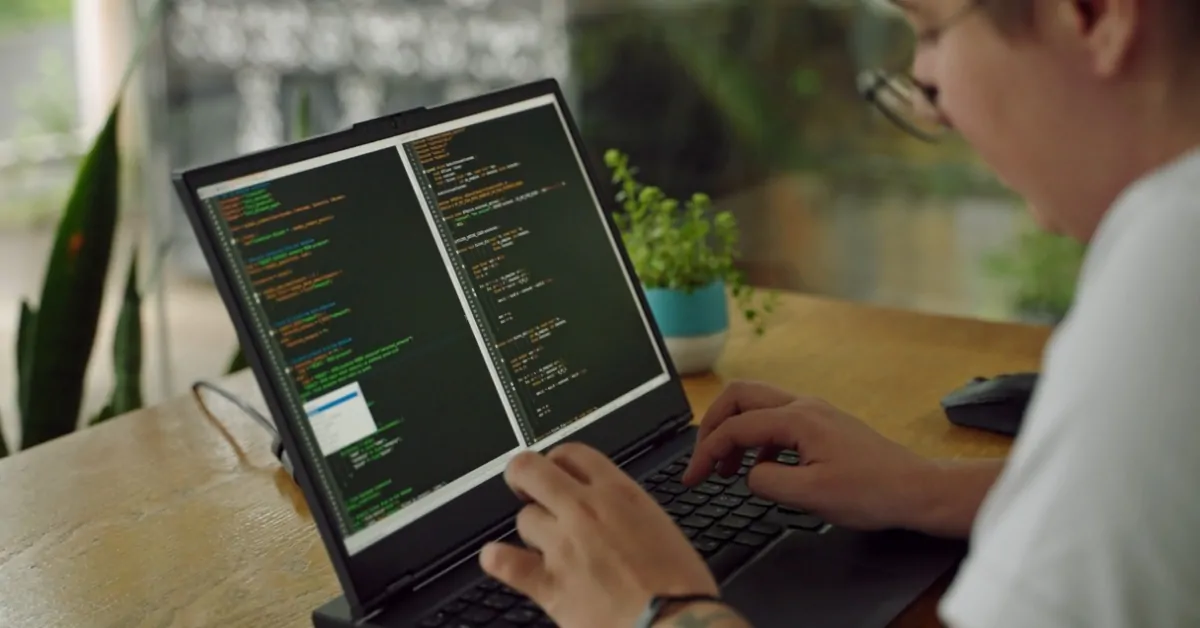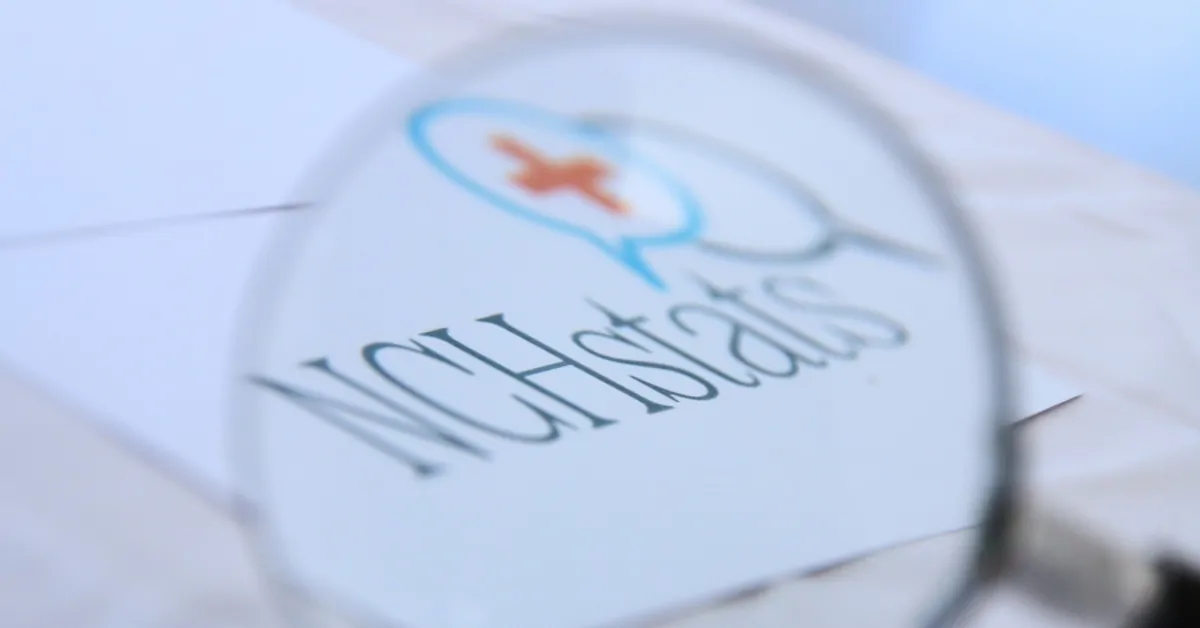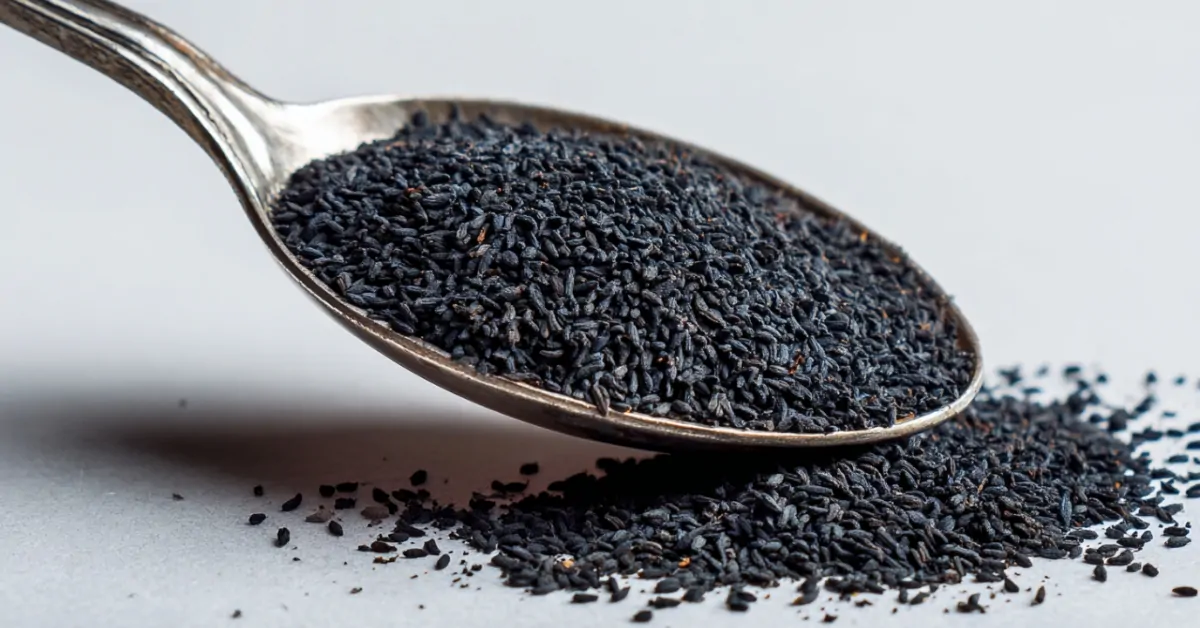Impulse buying isn’t just about poor self-control. It’s about design, timing, pressure, and psychology — all carefully orchestrated by companies that know exactly how your brain works under stress or excitement.
Across platforms and industries, brands weaponize behavioral science to get you to act fast, spend more, and justify purchases that made no sense two minutes ago.
According to recent research, 62% of in-store purchases and up to 78% of online purchases are made on impulse. That’s not random behavior — that’s engineered.
Table of Contents
Toggle1. Amazon’s “Only 3 Left in Stock!” Banner
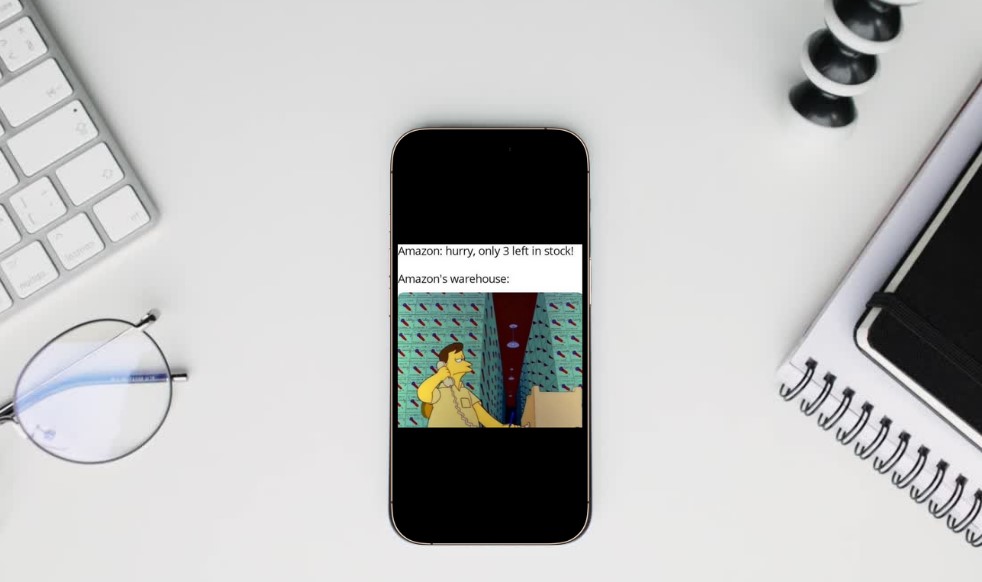
| Example | Amazon Low Stock Warning |
|---|---|
| Trigger | Scarcity |
| Psychology | FOMO (Fear of Missing Out), urgency bias, loss aversion, scarcity effect |
When Amazon flashes a warning like “Only 3 left in stock,” it’s not just a status update; it’s a psychological trigger. That small line of text changes the way your brain evaluates the product. Instead of focusing on price, quality, or usefulness, your mind jumps to one thing: availability. Suddenly, the decision isn’t “do I want this?” It’s “Will I get it before someone else does?”
This shift is called urgency bias, and it flips your attention from logical analysis to instinctive action. The product itself may not change, but its perceived value skyrockets simply because it might disappear.
This tactic is also driven by loss aversion — the idea that we feel the pain of loss more intensely than the joy of gain. In this case, losing access to an item we didn’t even want 30 seconds ago feels unacceptable.
Amazon is the gold standard for dynamic scarcity messaging. Their “only X left” feature is powered by backend inventory tracking, but often, it’s more about nudging behavior than conveying literal warehouse counts. Combined with “items in other carts” or “selling fast,” it builds a real-time pressure chamber that pushes shoppers to convert.
This method is now used by Shopify stores, eBay, and travel booking sites (like “only 1 room left!” on Booking.com), and is most effective on mobile, where attention is short and decisions are faster.
Scientific Insight:
- Robert Cialdini, in his seminal work Influence: The Psychology of Persuasion, identifies scarcity as one of the six universal principles of persuasion. The rarer something appears, the more we believe it must be valuable.
- A 2002 study in the Journal of Personality and Social Psychology found that items described as “scarce” were rated more desirable and worthy of immediate action than identical items with no scarcity tag, even by experienced online shoppers.
- Functional MRI studies have shown that scarcity cues activate the amygdala and insular cortex, brain regions tied to emotional threat response and impulse regulation. In short, scarcity stresses us out, and we buy to relieve that pressure.
2. Shein’s Countdown Clock on Flash Sales
View this post on Instagram
| Example | Shein Flash Sale Timer |
|---|---|
| Trigger | Time Pressure |
| Psychology | Decision compression, cortisol spike |
Time-limited offers cause a shift in decision-making from the prefrontal cortex (deliberate reasoning) to the limbic system (emotional urgency). People become fixated on “not losing” the deal rather than evaluating if they truly want the product.
Flash timers are now standard across most e-commerce platforms. Shein often pairs these with free shipping countdowns to increase cart value in short timeframes.
Harvard Business Review research confirms that people are 3x more likely to complete a purchase when faced with a deadline of under 10 minutes. It also reports that cortisol levels spike, which reduces analytical thinking and speeds up risk-taking.
3. Target’s $1–$5 Bins at the Entrance (Dollar Spot)
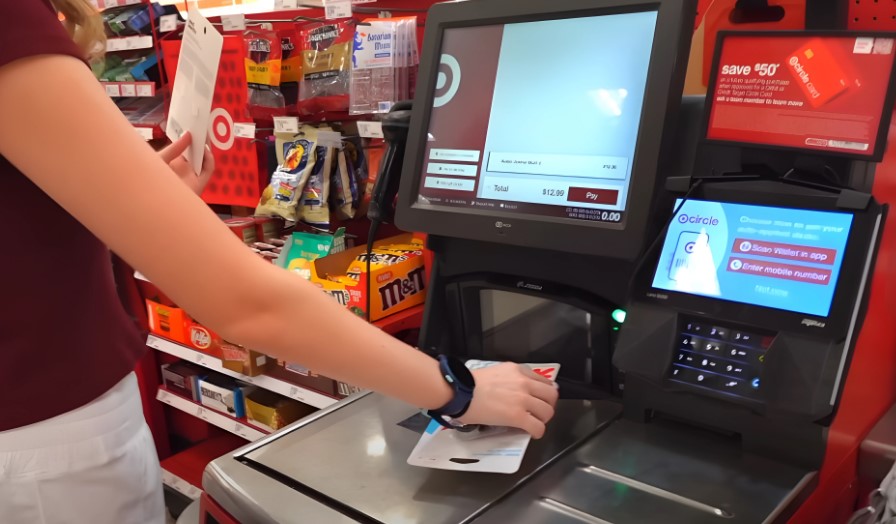
| Example | Target Dollar Spot |
|---|---|
| Trigger | Low-risk impulse |
| Psychology | Micro-commitments, behavioral priming |
Target places cheap, colorful items at the store entrance to break your resistance early. Grabbing a $3 mug or notebook doesn’t feel like shopping — it feels casual, harmless. But psychologically, it primes your brain to say “yes” again later, making you more likely to spend as you move through the store.
This isn’t unique to Target — grocery stores, H&M, and even IKEA use similar “warm-up zones” to lower your guard.
Behavioral economist Dan Ariely notes that small early purchases increase the likelihood of larger ones due to consistency bias — we act in line with our prior behavior. It’s called the foot-in-the-door effect, and it’s been proven to increase total basket value.
4. TikTok’s “TikTok Made Me Buy It” Trend
| Example | TikTok Product Trend |
|---|---|
| Trigger | Social Proof |
| Psychology | Peer modeling, trust loop, mirror neurons |
These videos use narrative psychology — a user shows a problem, a product, and a satisfying result. This sequence activates mirror neurons, causing viewers to emotionally simulate the experience themselves. If the person seems trustworthy or relatable, the persuasion deepens.
#TikTokMadeMeBuyIt is now so powerful that brands engineer campaigns specifically to “go viral” in that format. Sephora, The Ordinary, and Amazon storefronts are top beneficiaries.
A peer-reviewed study in Nature Human Behaviour found that peer influence in short-form media increases purchase intent by up to 24%, particularly when tied to personal stories or transformation content.
5. Free Shipping Over $50
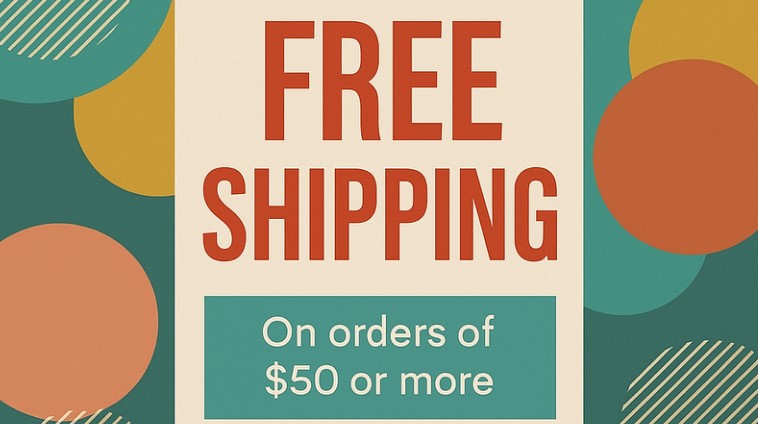
| Example | Free Shipping Threshold |
|---|---|
| Trigger | Spend escalation |
| Psychology | Loss aversion, rationalization bias, sunk cost fallacy |
Shoppers will spend more to avoid a perceived “loss,” in this case, the cost of shipping. Once they’re near the threshold, it becomes irrational not to add more items, even if it means paying more.
Etsy, Walmart, and most DTC brands like Glossier or Brooklinen use this model, often sweetening it with a visual progress bar (e.g., “You’re $9.52 away from free shipping!”).
Behavioral economist Richard Thaler’s theory of mental accounting explains this perfectly: consumers group the “savings” from free shipping into a separate mental category, making them more likely to overspend.
6. Apple’s “Only Available Online Today” Promos
| Example | Apple Limited Drop |
|---|---|
| Trigger | Exclusivity |
| Psychology | Status signaling, tribal belonging |
Limited-time availability + Apple branding creates social currency. People don’t just buy for functionality — they buy to express taste, membership, or relevance. Apple knows this, and they create momentary scarcity to match it.
Apple often launches color-specific product variants or exclusive gear (like bands or cases) online-only, heightening the “act now” instinct in loyal fans.
Studies in Psychology & Marketing show that exclusive or VIP offers raise purchase intent by 27–40%. It ties into identity marketing, a strategy where products are sold not just for use, but for who they help you become.
7. Sephora’s Mini Items at Checkout
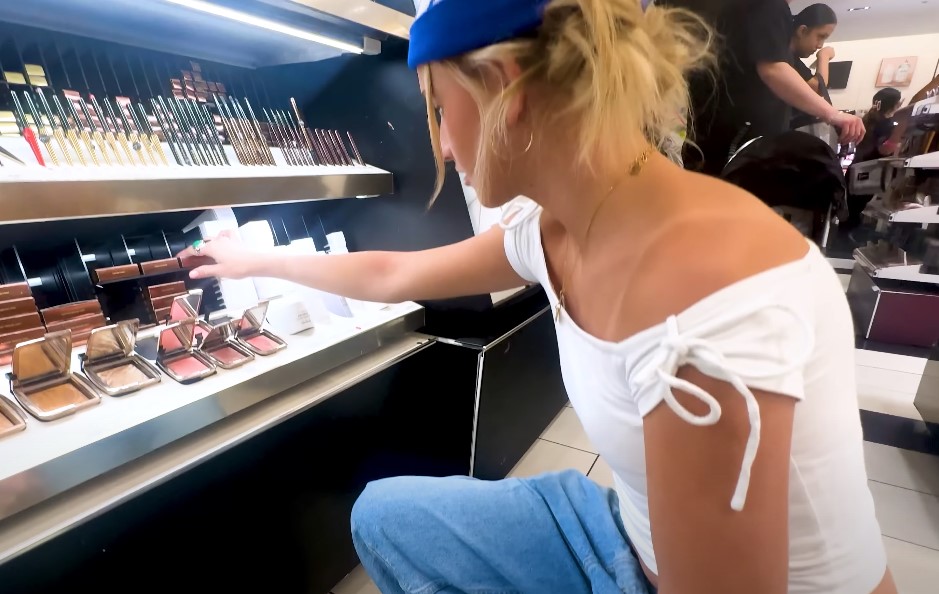
| Example | Sephora Aisle of Temptation |
|---|---|
| Trigger | Decision fatigue |
| Psychology | Cognitive overload, last-minute dopamine hits |
At the end of a shopping trip, your brain has already made multiple decisions. You’re mentally taxed. That’s when a $9 mini serum feels like a “why not?” move, especially when paired with reward points.
Ulta, Old Navy, and Best Buy have similar setups, and all place trial-sized, novelty, or giftable items near the point of sale.e
Marketing Science journal states that impulse purchases at checkout can increase total cart value by 15–22%. This is tied to ego depletion theory, where decision-making power weakens under cognitive strain.
8. Instagram Swipe-Up Stories with Endorsements
| Example | Influencer Swipe-Ups |
|---|---|
| Trigger | Storytelling and emotion |
| Psychology | Parasocial bonding, visual-emotional encoding |
You follow someone for months. You feel like you know them. When they recommend something with passion and a clickable link, your resistance is low. This taps into parasocial relationships, where influencers feel like trusted friends.
Swipe-up links (now Link Stickers) are monetized daily through affiliate programs, boosting engagement-to-purchase funnel efficiency for major brands.
According to NeuroImage, emotionally engaging content triggers greater limbic system activity, which is directly tied to faster impulse responses and increased likelihood of purchase.
9. Walmart’s “Rollback” Discounts Without an End Date
| Example | Rollback with Ambiguity |
|---|---|
| Trigger | Fuzzy deadline urgency |
| Psychology | Ambiguity bias, uncertainty aversion |
You don’t know when the rollback ends, but your brain assumes it could be soon. That increases the pressure to buy now, not because of logic, but because of anticipated regret.
This tactic is used heavily by retailers like Walmart and Amazon (e.g., “limited-time pricing”) without actually committing to a timer.
A University of Michigan study found that uncertain deal durations outperformed time-fixed discounts for urgency generation, especially among price-sensitive shoppers. This taps into the ambiguity effect, where the brain prefers known risks over uncertain ones, even when the uncertainty is trivial.
10. Spotify Wrapped Merch Drops
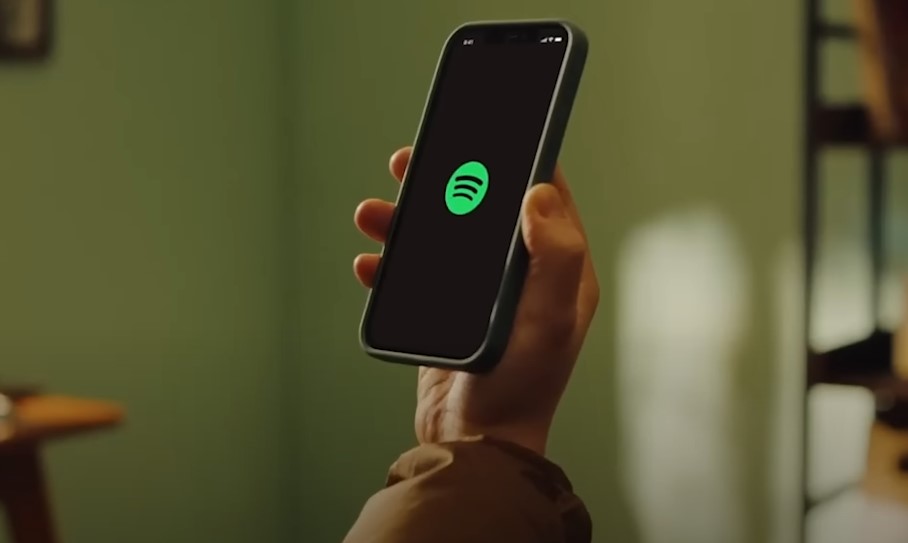
| Example | Personalized Spotify Merch |
|---|---|
| Trigger | Personalization |
| Psychology | Ego relevance, emotional priming, data-driven identity validation |
Spotify Wrapped isn’t just a recap — it’s a moment of emotional branding. When users receive their end-of-year listening stats, they’re already feeling seen, validated, and nostalgic. Immediately after, Spotify offers personalized merch tied directly to the user’s top artists, genres, or listening habits, and that merch becomes a symbol of self-identity.
The purchase isn’t about utility — it’s about emotionally connecting with a digital version of yourself. It feels earned, not sold. And that’s a powerful psychological edge.
Spotify perfectly times its product drops with Wrapped releases in December, when emotions are already heightened and social sharing is at its peak. People post their results, and seeing others share reinforces the urge to both participate and commemorate the moment.
This taps into a rare formula: personal data + nostalgia + exclusivity + public validation. That’s not just marketing, it’s behaviorally engineered commerce.
- According to the Journal of Consumer Psychology, personalized product experiences increase emotional buy-in by up to 45%, especially when tied to identity or autobiographical memory.
- A Spotify user study by Dentsu found that 73% of Wrapped viewers feel more emotionally connected to the platform, and nearly 1 in 5 considered purchasing branded merch or subscribing to premium immediately after viewing.
The underlying neuroscience? Personalized content activates the medial prefrontal cortex, which processes self-relevant information. When paired with dopamine-rich memories (like music), this boosts purchase likelihood and emotional recall.
Bottom Line:
What feels like spontaneous shopping is rarely random, unless you have some sort of addiction. It’s not just your brain giving in to temptation, it’s brands using proven psychological levers to push you toward “yes.” Whether it’s a countdown clock, scarcity warning, influencer story, or a $4 lip balm by the register, these tactics are designed, tested, and refined to override hesitation and nudge action.
They don’t just target your wallet. They target how your mind responds to urgency, emotion, and identity.
So the next time something feels like a “quick buy,” ask:
Was this my choice — or was it a well-placed behavioral trap?
If you track ecommerce trends, run campaigns, or just want to protect your habits, the takeaway is simple:
Impulse buying is engineered. The smarter you are about how it works, the harder it is to be manipulated by it.



